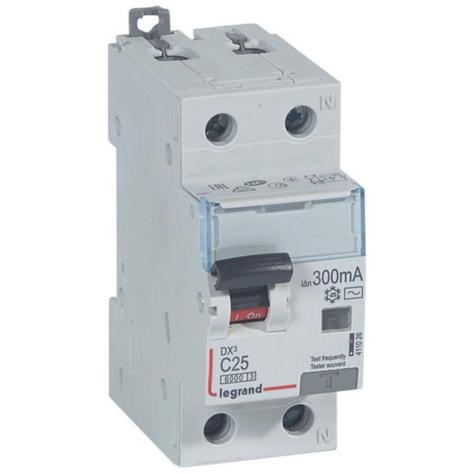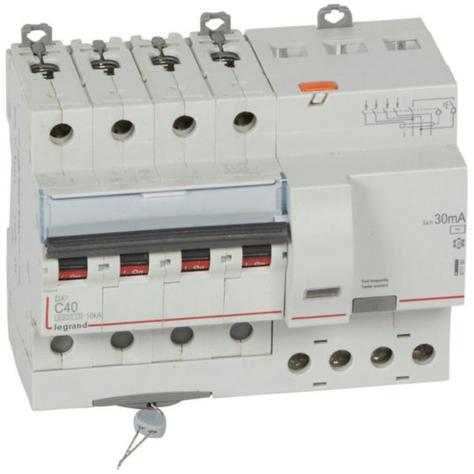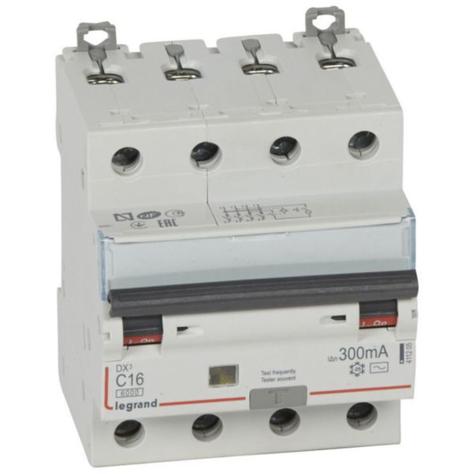Electrical safety is of paramount importance for both residential and commercial settings. One critical component in ensuring electrical safety is the
Residual Current Circuit Breaker with Overcurrent Protection (RCBO). In this blog post, we will explore what RCBO is, how it works, and where it is commonly used.
What is RCBO?
An RCBO is a device that offers protection against two electrical faults: residual current and overcurrent. It combines the features of both residual current devices (RCDs) and miniature circuit breakers (MCBs) into a single device. RCBOs detect electrical imbalances caused by the leakage of current and overcurrent triggered by a short circuit or overload and safely switch off the electrical supply.
How does RCBOs work?
An RCBO operates by continually monitoring the electrical circuit for any imbalances between the incoming and outgoing currents. Should an imbalance occur, indicating an electrical fault has occurred, the RCBO will immediately disconnect the electrical supply to the circuit. This instantaneous response to electrical faults ensures electrical safety in the event of abnormal current leakage, protecting both individuals using electrical equipment and the equipment itself from damage.
Where is RCBOs commonly used?
RCBOs are commonly used in settings where multiple electrical circuits need protection, such as residential and commercial electrical installations. They are often installed in electrical consumer units, where they offer protection for individual circuits.
RCBOs can be used for a wide range of applications, including power distribution boards, emergency lighting circuits, Heating, Ventilation, and Air Conditioning (HVAC) systems, and pool equipment.
In addition,
RCBOs are commonly used in industrial settings, particularly in areas where dangerous equipment is present, such as construction sites, factories, and processing plants. This is due to the high level of protection provided by RCBOs, making them a vital component in ensuring the safety of workers and the durability and functionality of the equipment.
Benefits of using RCBOs
The use of RCBOs offers several benefits in terms of electrical safety, some of which include:
Protection against electrical faults: RCBOs offer a comprehensive solution for both residual current and overcurrent faults, ensuring electrical safety in the event of any imbalances.
Instantaneous response: The immediate response to electrical faults ensures that damage to both individuals and electrical equipment is prevented or minimized, reducing repair and replacement costs.
Cost-effective solution: RCBOs are cost-effective in comparison to a potential accident or injury resulting from electrical faults and the repair or replacement costs associated with damaged electrical equipment.
Compliance: RCBOs are a legal requirement in many countries and comply with all national and international safety guidelines.
Conclusion
RCBOs provide a high level of protection against electrical faults in residential and commercial installations, protecting both individuals and equipment. The use of RCBOs ensures compliance with international safety standards and offers a cost-effective solution to minimize the risk of electrical faults. When installing or upgrading electrical systems, it's essential to consider using RCBOs to enhance electrical safety and obtain the maximum benefits from this vital protective device.
View our full range of RCBOs



Leave a comment